Micron is back!? – Corsair Vengeance 2x 24 GB DDR5-7000 and 5600 Kits Test with Overclocking and Teardown
Teardown and PCB analysis
Disassembling the cooler halves is relatively intuitive. The two cooler halves are only held in place by the adhesive thermal pads in ICs and PCB respectively, and after briefly heating them up with a hairdryer, they can be easily pulled off.
In addition to the memory devices, the PMIC area is also provided with an adhesive thermal pad. But since this is relatively flat and hard, it only has contact to the two coils, but not to the PMIC itself. But this shouldn’t play a big role for the cooling, because on the one hand other RAM manufacturers don’t cool the PMIC at all and on the other hand it is additionally limited in voltage and thus waste heat.
Interestingly, the backside is also equipped with the identical adhesive thermal pads, only that instead of SMD components, foam placeholders are used here. Here, an identical assembly for both sides was probably cheaper in production. Corsair also offers 48 GB modules, which should then be equipped on both sides and can receive the exact same prepared cooler halves as the 24 GB modules here.
The PCB itself is quite unobtrusive in keeping with the modules’ previous appearance. There are no RGB LEDs on these SKUs, which is why the corresponding components on the board are omitted. I also photographed the board of the 5600 kit, but it seems to be completely identical to the 7000 variant, except for a few date codings.
The new ICs do not carry Micron, but Spektek branding and are classified as PT040-56B part number. Additionally, we find the letter F and a 4-digit number sequence, which should stand for the manufacturing week.
Spectek is a sub-brand of Micron, which generally sells cheaper components and binning rejects. However, since the 7000 kit is the fastest SKU from Corsair with the new ICs, the question arises where the good “Micron” spectek is then used. Possibly, these are rather fed to the enterprise or server market, where, as is known, larger turnovers and profits can be achieved than in the desktop sector.
The fact that the ICs are “B” goods would also explain the 56B suffix. Because this could mean that the ICs were actually produced as a DDR5-5600 part, but were then downgraded to a DDR5-4800 part in quality control, which would again coincide with the JEDEC profile in the SPD. But this is all speculation on my part.
As already read out in the SPD, the PMIC is a component from Richtek, which carries the same cryptic string as we already know from other DDR5 modules. Only the “0H=” beginning of the inscription is identical between the two kits, but it is the same PMIC type limited to 1.435 V VDD/VDDQ in both. Unlocked variants from Richtek, which I have come across so far and which I could track down on the Internet, start with “0D=”. So the H or D here could stand for the limitation in the VDD/VDDQ voltage. I can’t say for sure though, since Richtek’s datasheets don’t seem to be public.
The PCB is a 10-layer make from Hsien Jinn with part number KO-10290A-5 – this is also identical between the 5600 and 7000 SKU. In addition, the imprint on the board only has the usual notes for safety certifications – the “RU” logo as well as the 94V-0 marking from Underwriters Laboratories (UL) for the North American market – as well as a 4-digit sequence of numbers, which again probably stands for the week of manufacture.
The board measures a good 31 mm in height, conforms to JEDEC A0 DDR5 standard dimensions, and is thus compatible with standard water blocks or other DDR5 aftermarket coolers. The cooler halves of the Corsair Vengeance modules are made of 0.8 mm thick aluminum, with the thermal pads adding another 1 mm or so here.
Danke für die Spende

Du fandest, der Beitrag war interessant und möchtest uns unterstützen? Klasse!
Hier erfährst Du, wie: Hier spenden.
Hier kannst Du per PayPal spenden.















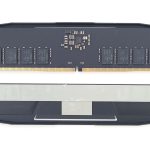
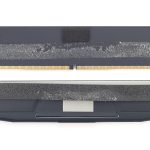
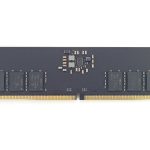
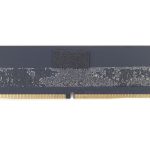
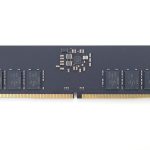
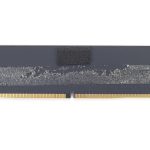
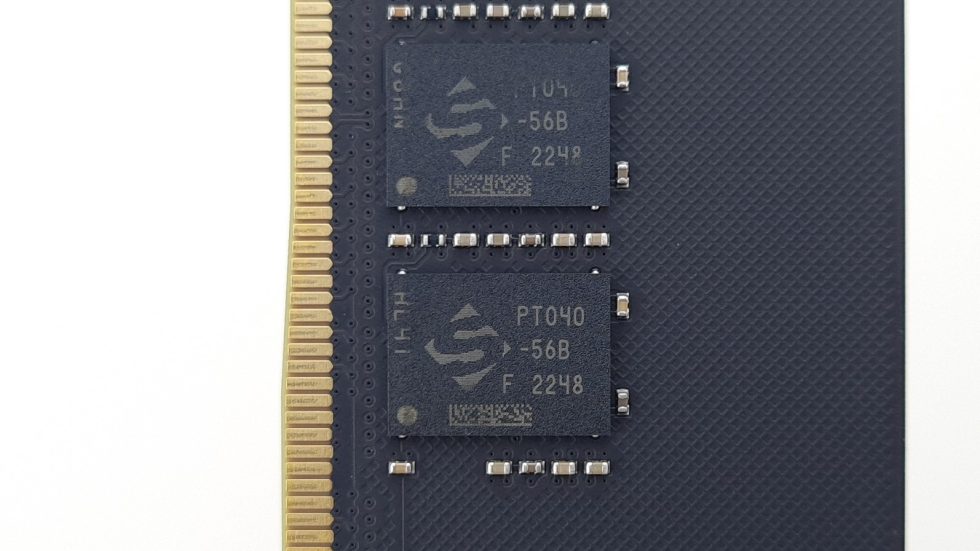
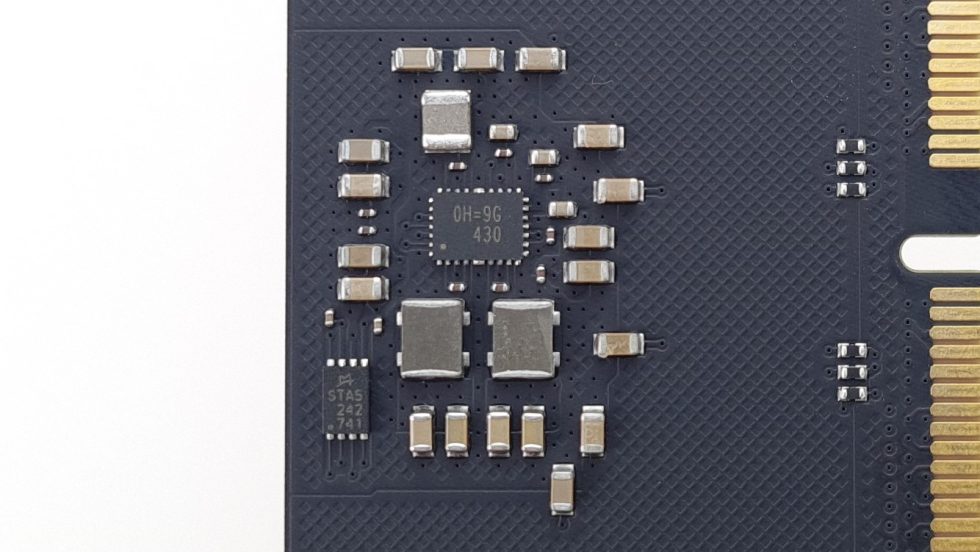
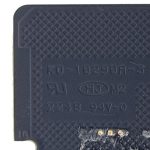
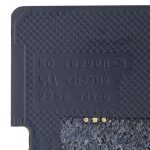
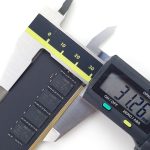
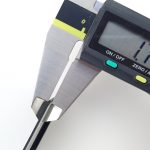




















12 Antworten
Kommentar
Lade neue Kommentare
Veteran
Urgestein
Veteran
Urgestein
Veteran
Veteran
Urgestein
Urgestein
Urgestein
Mitglied
Veteran
Neuling
Alle Kommentare lesen unter igor´sLAB Community →